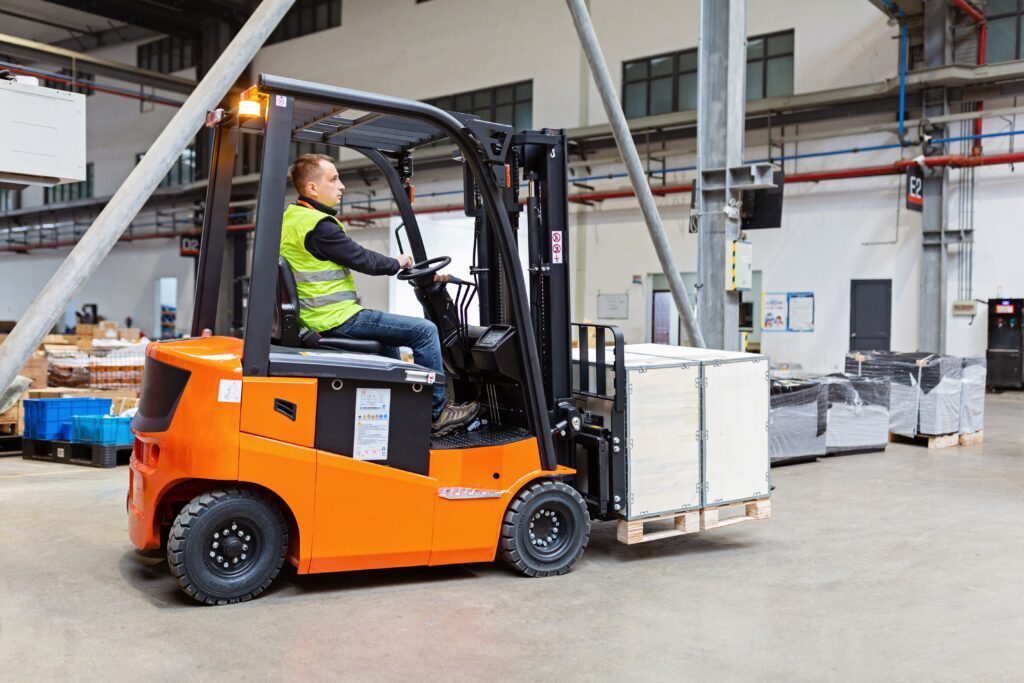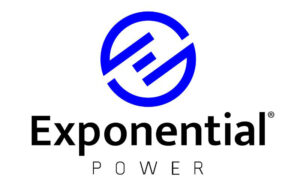For fleet managers overseeing material handling equipment such as forklifts and pallet jacks, one of the most critical factors in maintaining operational efficiency is the proper charging and conditioning of motive power batteries. The right charger can not only extend battery life but also enhance the overall performance of your equipment. Today, we’ll explore two widely used charging technologies—Ferroresonant (Ferro) chargers and High-Frequency (HF) chargers—and how their efficiencies impact your batteries.
Understanding the Basics: Ferroresonant vs. High-Frequency Chargers
Before diving into their efficiencies and how they affect battery conditioning, let’s first clarify the difference between the two technologies:
- Ferroresonant Chargers: Introduced decades ago, Ferro chargers rely on a magnetic core to regulate power and deliver a constant charge. While they’re known for their durability and ability to handle power fluctuations, they are somewhat less efficient compared to modern chargers, losing more energy as heat.
- High-Frequency Chargers: As a newer alternative, HF chargers convert AC power into high-frequency DC power using advanced circuitry. This leads to much more precise control over the charging process. They are lightweight, compact, and highly efficient in energy transfer.
Both chargers get the job done, but their differences in efficiency and control can have significant long-term impacts on battery conditioning, particularly when used for fleet operations in material handling.
Charger Efficiencies: Why Does It Matter?
When it comes to managing a fleet of forklifts, efficiency is paramount. The longer batteries last between charges, the fewer interruptions you’ll experience during the workday. Charger efficiency directly influences this, and here’s how:
- Energy Conversion: HF chargers are notably more efficient in converting power. They often boast efficiency rates upwards of 90-95%, meaning less energy is lost in the form of heat. In contrast, Ferro chargers typically convert energy at a 75-80% efficiency rate. This difference in energy transfer efficiency can have a noticeable impact on operational costs, especially in high-demand environments where multiple chargers are constantly in use.
- Reduced Heat Generation: The inefficiency of Ferro chargers results in more heat, which can increase wear and tear on the charger. Excessive heat during charging can lead to overcharging, which degrades battery life over time. HF chargers produce a more consistent charge cycle that helps extend battery lifespan.

Benefits of High-Frequency Chargers on Battery Conditioning
Battery conditioning refers to how well the battery is maintained and its ability to hold a charge over time. Proper conditioning ensures that your forklift or pallet jack batteries reach their full cycle potential, leading to fewer replacements, reduced downtime, and lower total cost of ownership.
Here’s how HF chargers excel in battery conditioning compared to Ferro chargers:
- Precision Charging Algorithms: HF chargers use sophisticated algorithms to deliver precise amounts of power during each charging phase—bulk, absorption, and float. This fine-tuned charging process reduces the risk of undercharging or overcharging, both of which are detrimental to battery health. Proper charging conditions ensure the battery is fully conditioned, optimizing its ability to maintain charge capacity.
- Equalization Charging: Many HF chargers come with built-in equalization functions, which periodically apply a controlled overcharge to balance the voltage across all cells in the battery. This is critical for motive power batteries that operate in heavy-duty applications, as uneven cell voltages can cause premature failure. While Ferro chargers also offer equalization features, they typically lack the automatic control needed to execute this function on a scheduled basis.
- Optimized Charging Process: The high level of control offered by HF chargers optimize the battery charging process. This helps reduce conditions like sulfation, which occurs when a battery is left partially charged for extended periods. Sulfation is a common cause of reduced battery life, and HF chargers’ ability to properly charge/condition the battery can prevent this from happening. Over time, this leads to better battery health and fewer replacements.
- Opportunity Charging Capabilities: In fast-paced warehouse environments, operators may need to charge batteries during breaks or downtime. HF chargers are ideal for this “opportunity charging” scenario, as they can quickly top off batteries without the risks associated with overcharging and over gassing, making HF technology a better fit for high usage or opportunity charge applications.
Are There Any Drawbacks?
Despite their many advantages, HF chargers can, in certain output ranges, have a higher upfront cost compared to their Ferro counterparts. However, the cost savings in energy efficiency, reduced maintenance, and extended battery life often outweigh the initial investment.
Additionally, HF chargers are more sensitive to power surges. For environments with unstable power supply, this could be a concern. Ferro chargers, being more robust in dealing with fluctuating power, may have an edge here, though this benefit is outweighed by their lower efficiency.
Conclusion: Choosing the Right Charger for Your Fleet
 For fleet managers focused on long-term savings and battery health, high-frequency chargers offer a compelling solution. Their superior energy efficiency, precision in battery conditioning, and adaptability to opportunity charging make them a strong contender for modern material handling fleets.
For fleet managers focused on long-term savings and battery health, high-frequency chargers offer a compelling solution. Their superior energy efficiency, precision in battery conditioning, and adaptability to opportunity charging make them a strong contender for modern material handling fleets.
However, the right choice ultimately depends on your facility’s specific needs. For operators in environments with steady, high-volume charging demands, the benefits of HF chargers will likely make the switch a smart investment. On the other hand, Ferro chargers may still have a place in fleets where initial costs are a concern and power reliability is an issue.
At Exponential Power, we understand that no two fleets are the same. We’re here to help you evaluate your specific needs and determine the best charging solution for your material handling equipment. Click here to see our full range of battery charging equipment.

